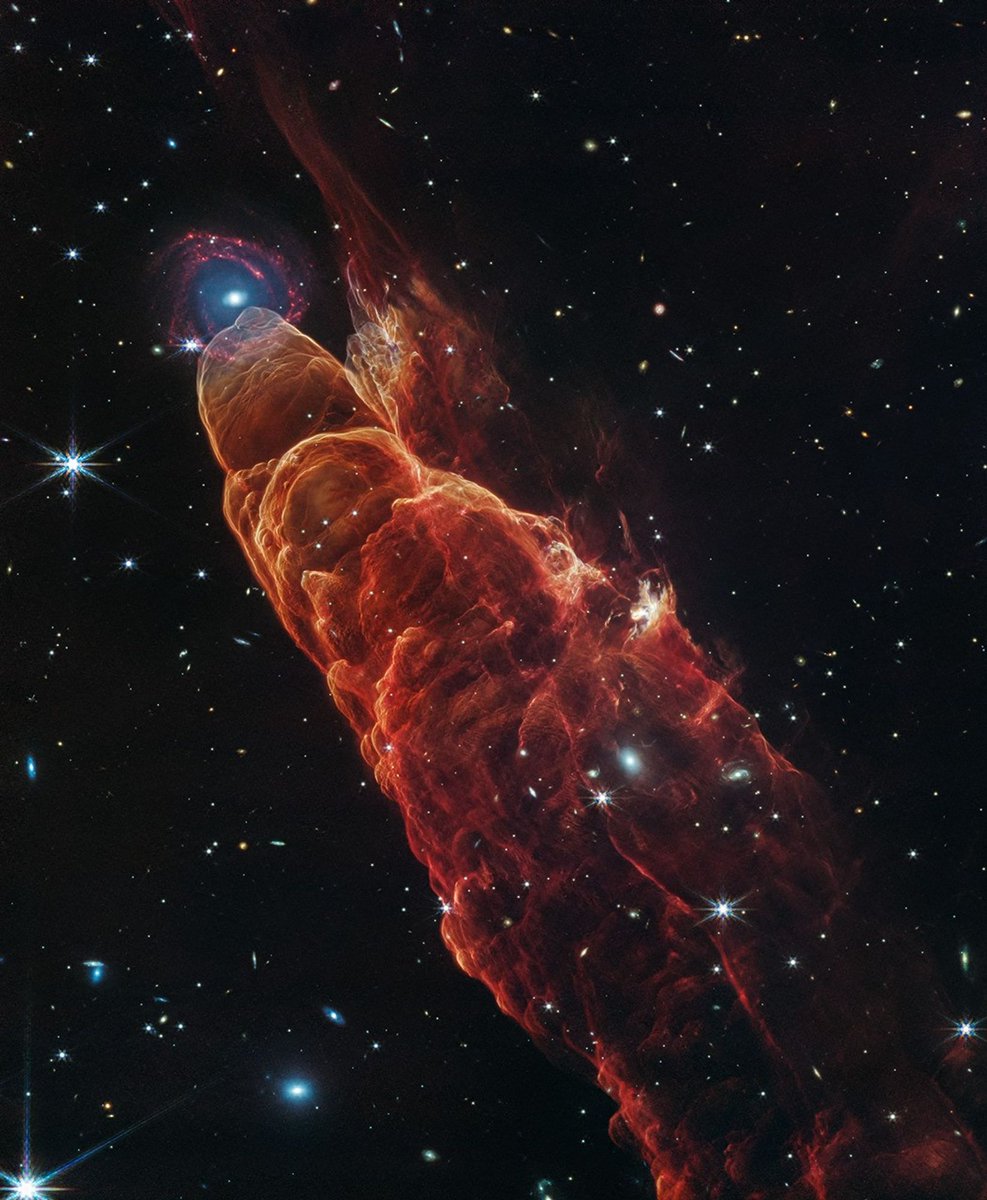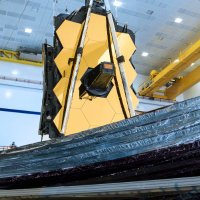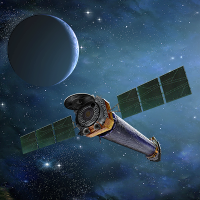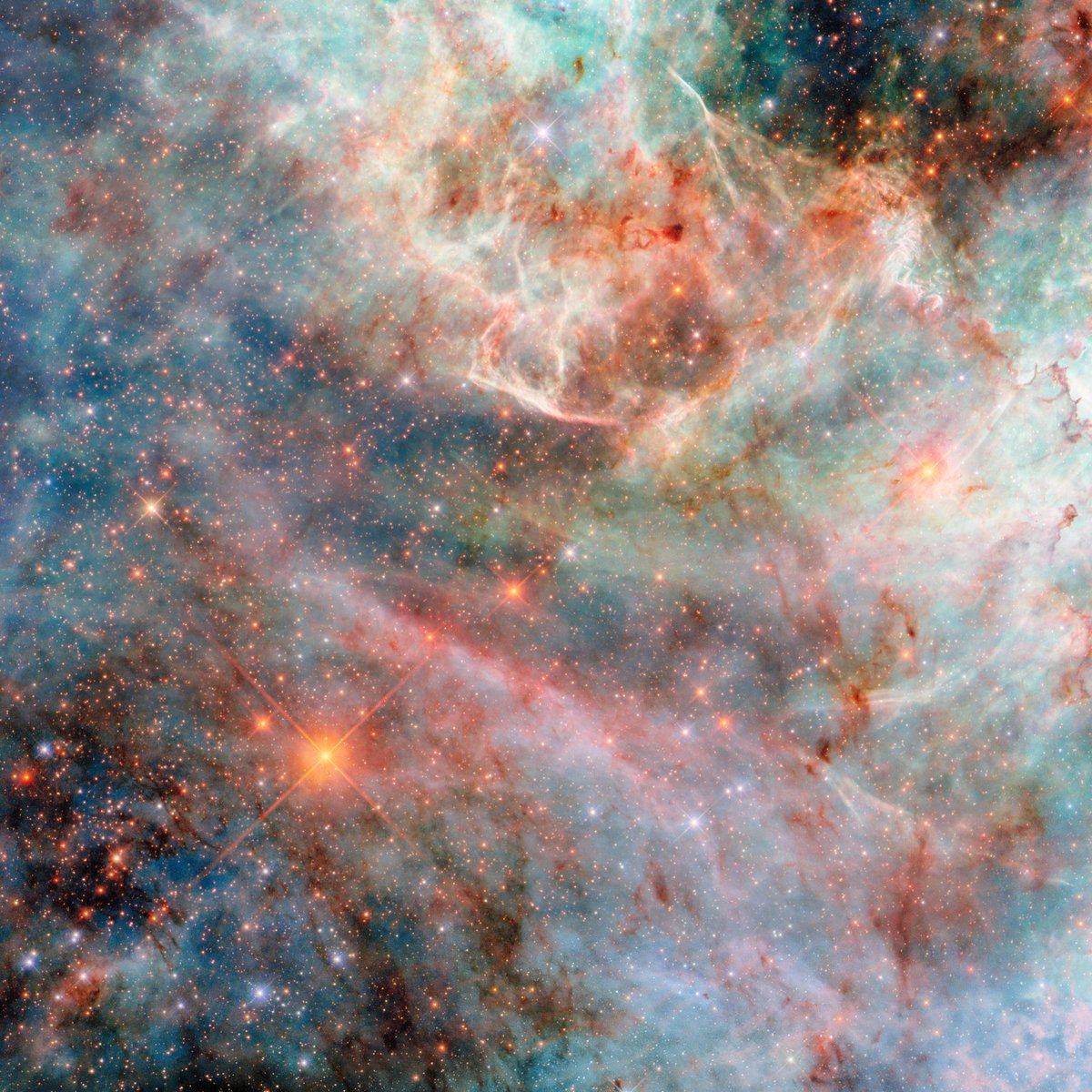
NASA Universe
@nasauniverse
Your backstage pass to the universe and how NASA studies it.
Verification: nasa.gov/socialmedia
ID: 26853548
https://universe.nasa.gov/ 26-03-2009 21:16:15
11,11K Tweet
1,0M Followers
89 Following
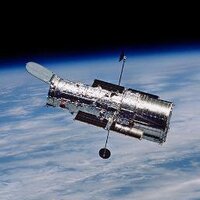

#OTD in 1925 Nancy Grace Roman was born. This “Mother of Hubble” was integral to planning Hubble, and Nancy Grace Roman Space Telescope is named in her honor. Also #OTD, Hubble observed two galaxies in Hickson Compact Group 90 tearing apart the third. Check out your day: go.nasa.gov/4mkmDNT
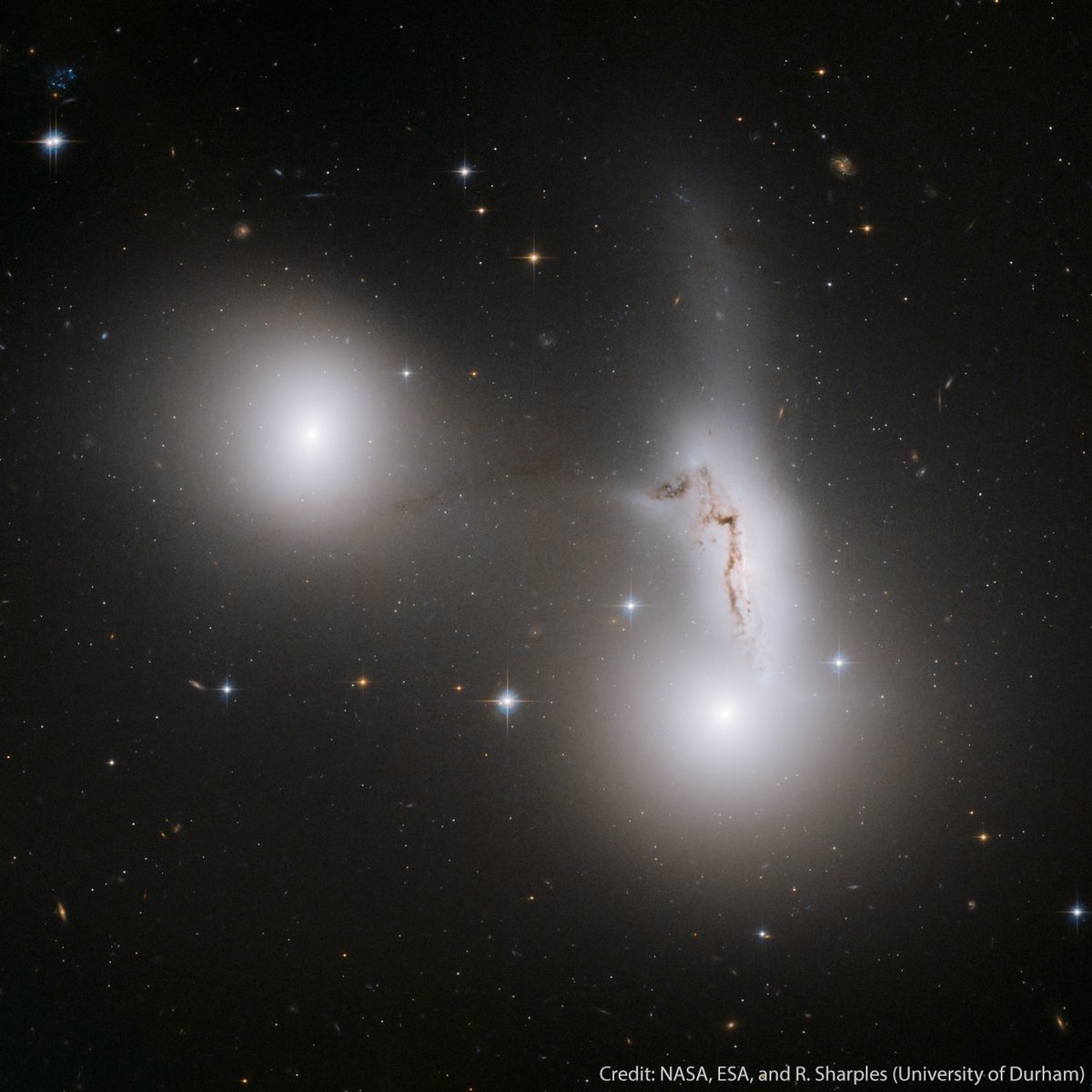
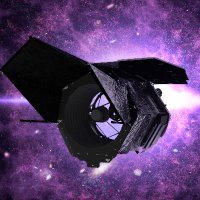


Telescopes across the NASA Universe have been studying a distant galaxy known as Centaurus A. At the center, is a black hole that is sending a booming jet across the entire length of the galaxy. Listen to this new sonification to hear the data! 🔗 go.nasa.gov/3FfzzEa


#OTD in 2011, the Alpha Magnetic Spectrometer began collecting cosmic rays from its perch on the International Space Station. More than 240 billion cosmic rays later, AMS continues to help us learn how the universe works. What are cosmic rays? Learn more: tmblr.co/Zz_Uqj2XaWrWy



Twister: Space style! 🌪️ 🌌 Meet Herbig-Haro 49/50 (HH 49/50), nicknamed the “Cosmic Tornado” for its helical appearance. NASA Webb Telescope’s infrared mirrors captured this detailed view of HH 49/50, which was produced by jets launched from a nearby, forming star. Outflows like HH
